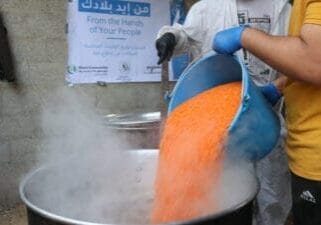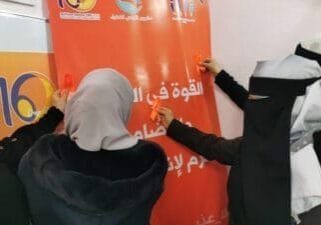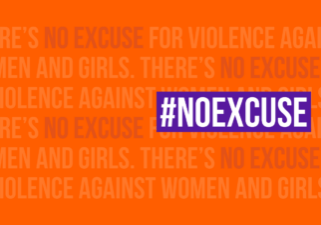News > Blog
Pass the Mic: Advancing Equality through Gender-Transformative Parenting and Nutrition Interventions
Published 05/08/2023 by Global Communities

By Paula Rudnicka, Sr. Manager for Public Affairs at Global Communities
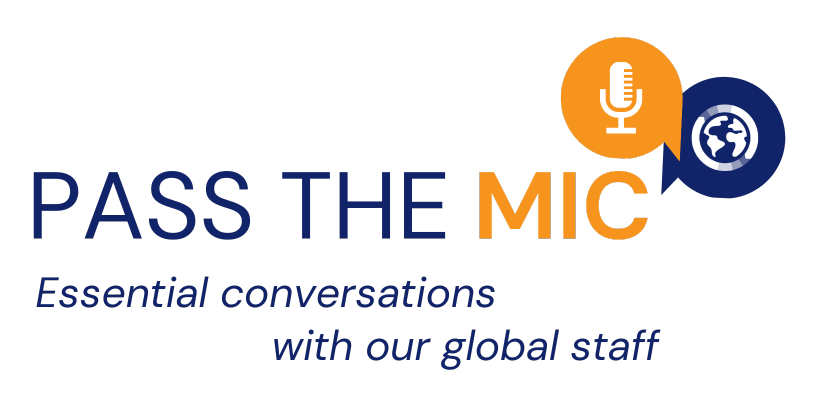
Global Communities has long recognized that advancing gender equality is vital to achieving development objectives, including better health outcomes for women, children and entire families. Where feasible, we integrate gender-transformative approaches in our maternal, newborn and child health interventions. For example, we encourage positive fatherhood and more equitable intimate partner relationships through peer groups, couples’ sessions and community dialogues. There is a growing body of scientific evidence that promoting equality and engaging men can improve children’s health, nutritional status and brain development. There is, however, almost no empirical evidence demonstrating that engaging fathers in gender-intentional, bundled nutrition and parenting interventions can increase gender equality and women’s empowerment.
I recently chatted with Lauren Galvin, Senior Technical Advisor for Health & Gender at Global Communities, about these knowledge gaps. Lauren has recently led a groundbreaking study which generated novel evidence in this area. The interview was edited for length and clarity.
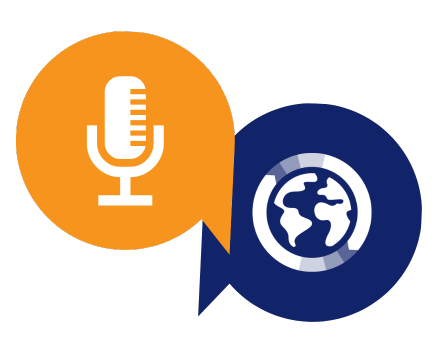
Paula: We have exciting news to share! Our paper, “Effects of engaging fathers and bundling nutrition and parenting interventions on household gender equality and women’s empowerment in rural Tanzania” has been recently published in a prestigious peer-reviewed Journal of Social Science & Medicine. You were the lead author, so congratulations on this amazing accomplishment! Who else was involved and how was the idea behind the manuscript conceived?
![]()
Lauren: Yes, it is very rewarding to see this paper finally published. I conceived and designed the EFFECTS trial in 2017 with several of my co-authors. We wanted to measure the benefits of engaging fathers in nutrition and parenting programs and of bundling nutrition and parenting programs compared to nutrition-only programs. Our evaluation tools captured a broad range of outcomes, including child dietary diversity and child development, which were our primary outcomes. Given my gender background, I was very interested in understanding the ways in which our interventions could influence gender norms and power relations among couples, so we included gender equality and women’s empowerment (GE/WE) variables in our theory of change. We hypothesized that these variables would moderate our nutrition and child development pathways and we conceptualized GE/WE as instrumental for advancing early child nutrition and development. I designed our intervention materials to address gender norms, roles and relations, and developed or adapted evaluation modules that capture different aspects of GE/WE. Over time, as we were analyzing our data, we recognized the unique opportunity to write a paper specifically describing intervention effects on GE/WE. In our paper, GE/WE is presented as an intrinsic goal of nutrition and parenting programs.
Paula: EFFECTS was a five-arm cluster-randomized controlled trial conducted in rural Tanzania. Can you walk us through the intervention and the context in which it was implemented?
![]()
Lauren: We implemented the trial between 2018 and 2021 in the Mara region of Tanzania, known for its rigid patrilineal system, strong patriarchal norms held by both men and women, and a highly gendered and inequitable division of labor in households. Men typically take control of crops that are marketable and profitable, engage in other income-generating activities on and off their farms, and control all household income. Women are responsible for much of the farm work including cash and food crops, and livestock-rearing. They also perform the bulk of unpaid household and childcare labor. At baseline, mothers participating in our study were spending 11 hours a day on domestic and care work. In contrast, fathers were spending less than 3 hours a day on domestic and care work. Violence against women is also pervasive in Mara. Among our study population, between 58% and 70% of women were exposed to various forms of intimate partner violence in the three months prior to the intervention.
EFFECTS was a peer group-based behavior change program. The trial consisted of five study arms. We had a control arm and four intervention arms: mothers nutrition, couples nutrition, mothers bundled nutrition and parenting, and couples bundled nutrition and parenting. Each intervention arm had its own package of services, including a unique package for men in the couples arms and sessions on responsive play, communication and positive discipline in the arms receiving the parenting component. All packages addressed infant and young child feeding, food access, and water, sanitation and hygiene. The packages were built around best practices in advancing behavior change. They were highly participatory and focused on problem-solving, commitment setting and building practical skills such as cooking nutritious meals, introducing solids to children at the right time, and communicating with spouses about challenging issues. The intervention packages were delivered every 2 weeks over 12 months by community health workers (CHWs) to peer groups of women or men. Among the couples arms, approximately a third of the sessions were delivered jointly to women and men. Because of COVID-19 and transmission concerns, we had to pivot to a home delivery model for the last 6 sessions of the program.
Paula: EFFECTS was a behavioral nutrition and parenting intervention. In what ways was the intervention gender-transformative?
![]()
Lauren: I designed the intervention packages to explicitly challenge traditional gender norms, gender roles and couples’ relationship dynamics that likely have a negative bearing on child nutrition and development. How couples communicate with one another and how decisions are made over household income and food purchases really matter for child development and well-being. Thus, we coached fathers not only on how to play responsively with their children or budget effectively for nutritious foods, but also on how to share responsibilities and decision-making with their wives. We also facilitated broader reflections and conversations around positive masculinities, redefining fatherhood and identifying aspects of healthy versus unhealthy relationships.
Paula: The sessions were delivered by community health workers who seemed critical to the success of the program. What did you do to ensure they were equipped to deliver gender-related content?
![]()
Lauren: We worked with CHWs who were already present in the EFFECTS study villages. For many households in Tanzania, CHWs are the link between the community and the health facility, and play an essential role in making referrals and mobilizing households for timely care-seeking. Our interventions were delivered entirely by CHWs. They were our change agents. Most CHWs had basic reading and writing skills but had received minimal prior training in health promotion. Because we did not select the CHWs ourselves based on our own criteria, we laid out a very clear yet agile training, supportive supervision, mentorship and monitoring plan to continuously strengthen the capacity of the CHWs to deliver complex, gender-transformative behavior change packages. Our training and support materials aimed to build a strong foundation in behavior change theory and best practices. All CHWs received a training on gender-responsive programming and participated in all the gender exercises which they then facilitated among peer group participants.
We also mentored CHWs in monitoring their own progress and that of peer group participants using tablet-based forms that were uploaded every week to a monitoring dashboard. Our supervisory team spent most of their time in the villages supporting the CHWs in-person, including with a tablet-based supervision checklist uploaded to the dashboard, which was used by the implementation team to monitor quality in real time. This helped us generate weekly plans for tailored coaching sessions, especially for CHWs struggling the most with the intervention materials and delivery.
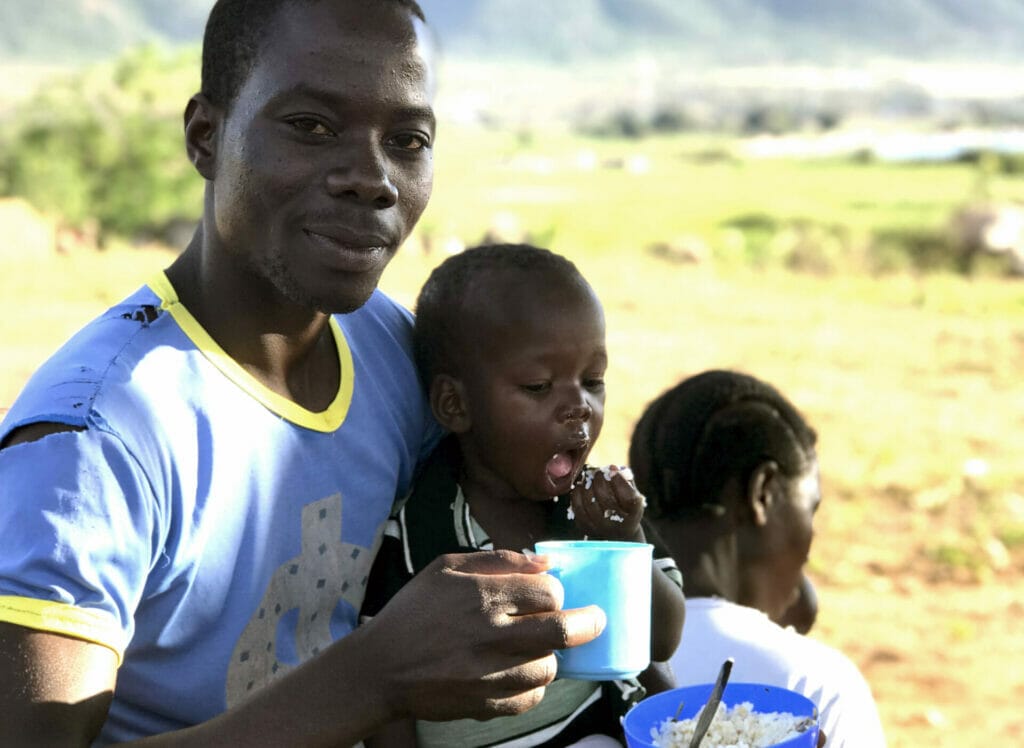
Paula: What were the key elements of your theory of change?
![]()
Lauren: In addition to a full project theory of change focused on nutrition and parenting pathways, we developed a narrower theory of change to explain the ways in which our interventions might advance specific aspects of GE/WE, which in turn would accelerate improvements in maternal and child nutrition and early child development. We theorized that, even without engaging fathers, bringing women together in groups would increase peer support and enhance agency as it pertains to making meaningful choices that impact maternal and child nutrition and child development. We also theorized that engaging both parents in nutrition and parenting interventions that promote positive fatherhood and more equitable intimate partner relations would bestow even greater benefits to maternal and child nutrition and child development compared to engaging only mothers. We thought that enhancing fathers’ responsiveness to family needs and couple’s relationship quality would promote more equitable control over income and productive assets, division of labor and time use, and bodily autonomy. Finally, we speculated that bundled nutrition and parenting interventions would have comparable effects on GE/WE as nutrition-only interventions.
Paula: Before we reveal if this theory held true, let’s chat about women’s empowerment. Most scholars and practitioners will likely agree that women’s empowerment is a multidimensional, context-specific process of personal and social change that centers around different manifestations of power. There is, however, no single definition of women’s empowerment that everyone applies. How did you conceptualize women’s empowerment under EFFECTS?
![]()
Lauren: To conceptualize our paper, we consulted several prominent frameworks that have been used to guide the design and measurement of women’s empowerment programs. We were influenced by two frameworks in particular: (1) Naila Kabeer’s seminal framing of women’s empowerment as three interrelated dimensions of resources (material, human, social), agency (processes of decision-making, negotiation, deception, manipulation), and achievements (well-being outcomes), and (2) Anouka van Eerdewijk et al.‘s conceptual model of women’s and girls’ empowerment. The latter, which drew heavily on Kabeer, comprised of the mutually reinforcing dimensions of agency (decision-making, collective action, leadership), resources (bodily integrity, critical consciousness, assets) and institutional structures (family, community, market, state). To analyze intervention effects on different dimensions of women’s empowerment, we adopted Kabeer’s broad overarching framework of resources, agency, achievements while also drawing on guidance from van Eerdewijk et al. and Malapit et al. when classifying our outcomes across these three categories.
Paula: How did you measure resources, agency and achievements?
![]()
Lauren: We operationalized resources as non-material assets or conditions that could, conceivably, enhance or inhibit a woman’s ability to exercise choice, namely: (1) paternal gender attitudes, (2) maternal and paternal time use, (3) maternal social support, and (4) maternal exposure to intimate partner violence (a measure of bodily integrity and physical safety).
We defined agency as a woman’s ability to exercise voice and choice in her household. Our measures captured elements of “power within” or intrinsic agency and “power to” or instrumental agency. They included: (1) maternal gender attitudes, (2) maternal report of couples’ relationship quality, (3) maternal report of couples’ communication frequency, (4) maternal report of couples’ communication quality, and (5) maternal household and reproductive decision-making power.
We operationalized achievements as maternal well-being outcomes, namely women’s dietary diversity (a proxy for women’s nutritional status), maternal depressive symptoms, and maternal parenting stress, all of which may influence child growth or development. Results for maternal depressive symptoms and parenting stress are presented in a forthcoming sister impact paper.
Paula: Standardizing and applying cross-cultural measures of women’s empowerment is a contested endeavor in the scientific and development communities. Some argue, for example, that reduced exposure to intimate partner violence is a non-material resource that may improve women’s ability to exercise choice and thus, agency. Others claim that resources should be exogenous to the agency and relationship between the couple. We had to make several difficult decisions about the classifications of women’s empowerment outcomes. Can you share a few perspectives on this subject?
![]()
Lauren: Empowerment is a complex process of change that occurs within a particular socio-economic and cultural context. There is tremendous value in developing and promoting standardized, validated scales and indices that measure, albeit imperfectly and latently, the empowerment process across contexts. However, while broad guidance exists on how to measure women’s empowerment along the resources, agency, achievements pathway, the classification of specific scales or indicators along this pathway depends on the context. These different dimensions of empowerment are intertwined and mutually reinforcing. What might be considered a resource in one context may be a measure of agency in another; what might be an achievement in one context might be a resource in another. Determining if a measure captures shifts in actualized choice or the potential for such is not always cut and dry. I think thoughtfully justifying one’s decisions based on local meanings, existing literature and one’s own programmatic context are most important.
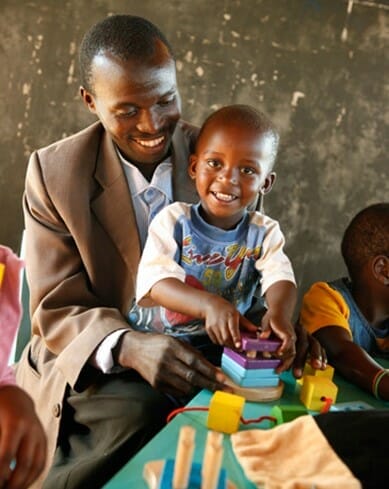
Paula: EFFECTS is the first published trial to measure the impacts of bundling gender-transformative nutrition and parenting interventions on household gender equality. What are, in your view, the most significant findings?
![]()
Lauren: Our results were very interesting and encouraging. We found that both engaging couples (compared to mothers only) and bundling of nutrition and parenting interventions (compared to nutrition only) had benefits to different dimensions of GE/WE. Engaging couples significantly increased paternal and maternal gender-equitable attitudes, paternal time spent on domestic chores and maternal decision-making power. Bundling increased maternal leisure time, decreased maternal exposure to any intimate partner violence, and increased women’s dietary diversity over 7 days. We also found that a combination of engaging couples and bundling was most effective for paternal gender attitudes, couples’ communication frequency, and women’s dietary diversity over 24 hours and 7 days.
Paula: What is novel about this study?
![]()
Lauren: To the best of our knowledge, EFFECTS is the first published randomized controlled trial that examines (1) the gender-transformative potential of engaging both parents (couples) to advance GE/WE in the context of bundled nutrition and parenting behavior change interventions, and (2) bundled nutrition and parenting behavior change interventions as a platform for advancing women’s empowerment while also operationalizing women’s empowerment as a pathway to better child nutrition and development outcomes. Our findings generated novel evidence that CHWs can deliver bundled nutrition and parenting interventions to couples in low-resource community settings that advance GE/WE more than nutrition interventions targeting only women.
Paula: Did anything surprise you or not align with your hypothesis?
![]()
Lauren: I was surprised that the addition of parenting content to a nutrition package advanced GE/WE, specifically through reductions in women’s exposure to intimate partner violence. I had expected that engaging fathers in our interventions and the work we did with couples would have led to less intimate partner violence, but it was the parenting content focused on responsive caregiving and play and communication that had that effect. I was also excited to see the synergistic benefits to women’s diets when combining parenting content with father engagement. Similarly, for child dietary diversity, we found that bundling and father engagement had a positive, synergistic effect.
Paula: What were the limitations of the study, and what are the directions for future research in this area?
![]()
Lauren: The COVID-19 pandemic led to a major disruption while implementing our interventions and necessitated a three-month intermission and pivot to a home delivery model. Our results are specific to the structure of our hybrid peer group – home visit program. These factors may limit generalizability of results to other contexts, family structures and intervention delivery models. Additionally, the intervention objectives were not primarily focused on advancing GE/WE and therefore we had to address multiple priority behaviors within the intervention packages. Our measures depended on self-report and hence may be prone to recall and/or social desirability bias. Some of our GE/WE measures were not standardized items or scales that had been validated in our study context and by the subjects of this research.
More empirical research is needed on optimizing the engagement of fathers and bundling of nutrition and parenting interventions to maximize impact on GE/WE. We also need more research on the relationships between women’s time use, access to resources, and child nutrition and development outcomes. There is also a need to measure how shifts in gender norms and attitudes affect household gender equality, especially decision-making patterns and domains most predictive of child nutrition and development outcomes.
Paula: You are currently in the process of conceptualizing another paper based on EFFECTS data. Can you shed some light on what you are planning to explore?
![]()
Lauren: As a follow on, I’m conceptualizing a paper that will investigate aspects of GE/WE that are most influential for child dietary diversity, maternal dietary diversity and child development. Additionally, our other three impact papers describing trial effects on child diets, child growth, child development and caregiver practices are in various stages of publication, so stay tuned!
Paula: Do you have any final thoughts or ideas you would like to share?
![]()
Lauren: It is still standard within the development community to design and fund siloed programs that focus either on nutrition or child development, despite the nurturing care framework that highlights the multidimensional and multi-faceted needs of young children. Moreover, it is still commonplace to assume that women should bear the burden of program participation and take on the primary responsibility of adjusting their already very busy lives and identifying resources to support child nutrition or development. We suggest that future nutrition and parenting programs be delivered together, engage broader family structures (especially men and couples), and work toward advancing household GE/WE as a core programmatic objective to maximize positive impacts for women, children and families. Simultaneously, we should explore within our programs how tasks change within households as men take on greater caregiving roles, and how men’s involvement can alleviate women’s care burden and stress.
Paula: Thank you for your time! How can our readers learn more?
![]()
Lauren: You can access the full manuscript here and the trial registration here. To learn more about EFFECTS, including other outcomes of our trial, please watch the recording of our webinar that took place last year. If you have questions about our programs, please email us at [email protected]. You can also reach me on LinkedIn.
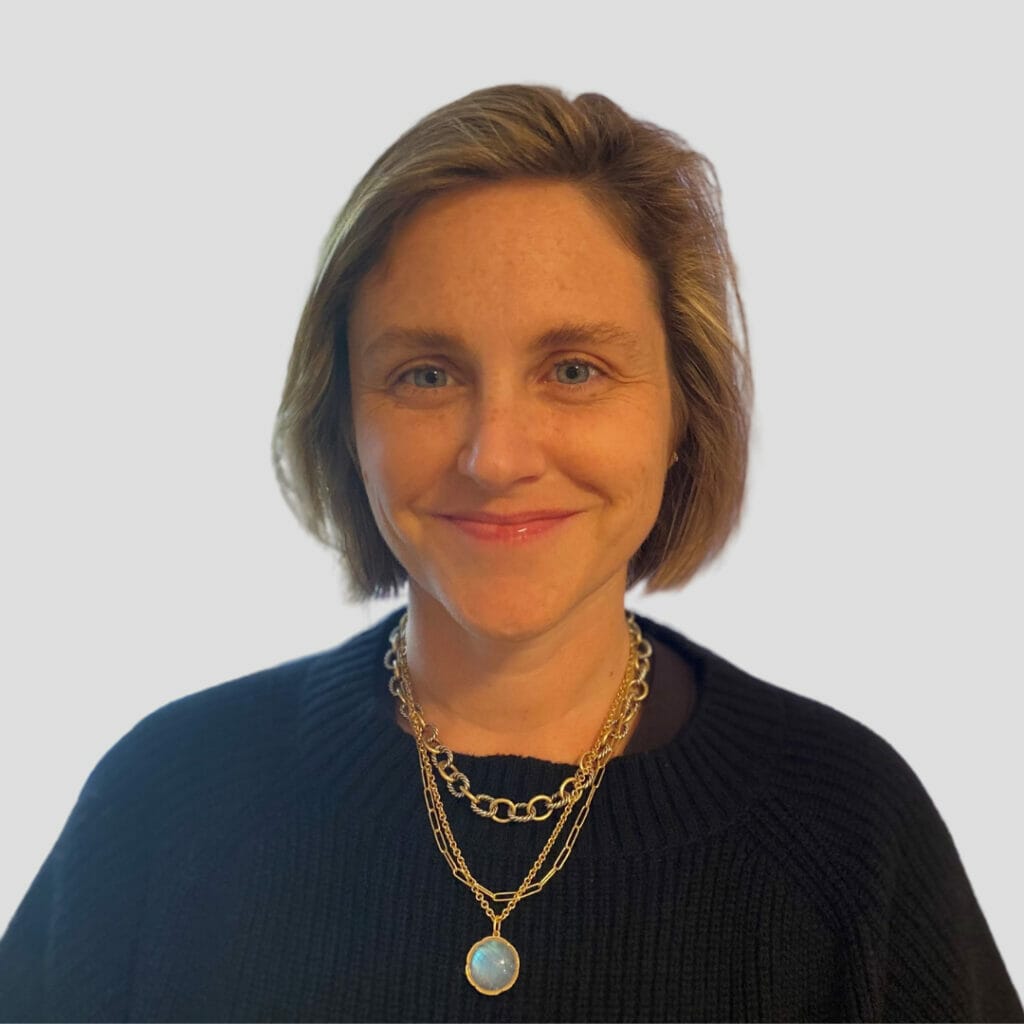
Lauren Galvin
Senior Technical Adviser for Health and Gender
Lauren Galvin is a Senior Technical Adviser for Health and Gender at Global Communities. She has more than 10 years of experience in researching, designing, implementing and evaluating reproductive, maternal, newborn and child health; nutrition; parenting; and men’s engagement programs. She recently co-designed and managed the Tanzania EFFECTS cluster-randomized controlled trial measuring impact of engaging fathers and bundling nutrition and parenting interventions on child diets, child growth, child brain development and gender equality. Lauren has a Master of Public Health degree from Columbia University and a Bachelor of Arts degree in Philosophy from Smith College. She has lived, worked, and/or studied in the Indian Himalaya (Ladakh), Nepal, Thailand, and Rwanda, and currently works in South Asia, Central and East Africa, and Latin America.
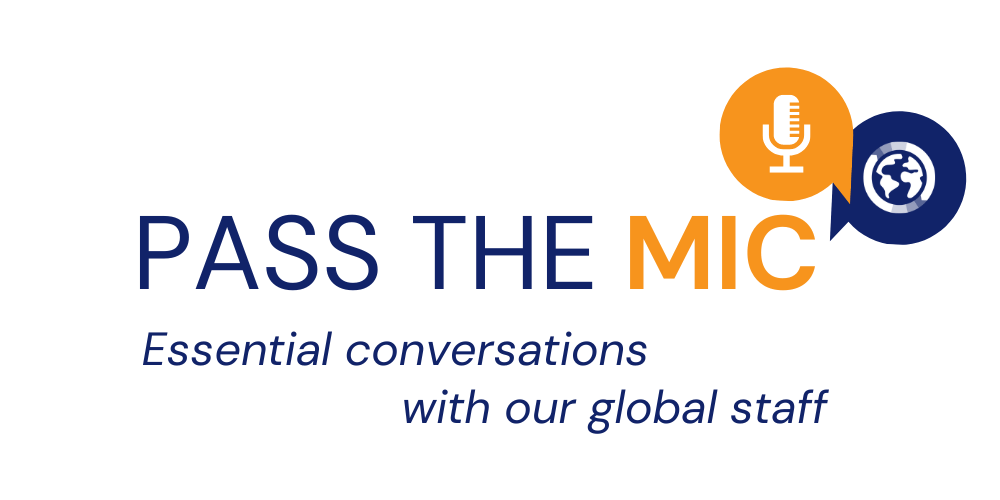
Global Communities is home to a diverse team of professionals with a broad range of expertise and perspectives that help us build the world we envision: one of expanded opportunity, where crises give way to resilience and all people thrive. In our new “Pass the Mic” series, our global staff share innovative ideas and in-depth insights on timely topics spanning the development, humanitarian and peace nexus. Learn how our colleagues are co-creating a more just, prosperous and equitable global community.


